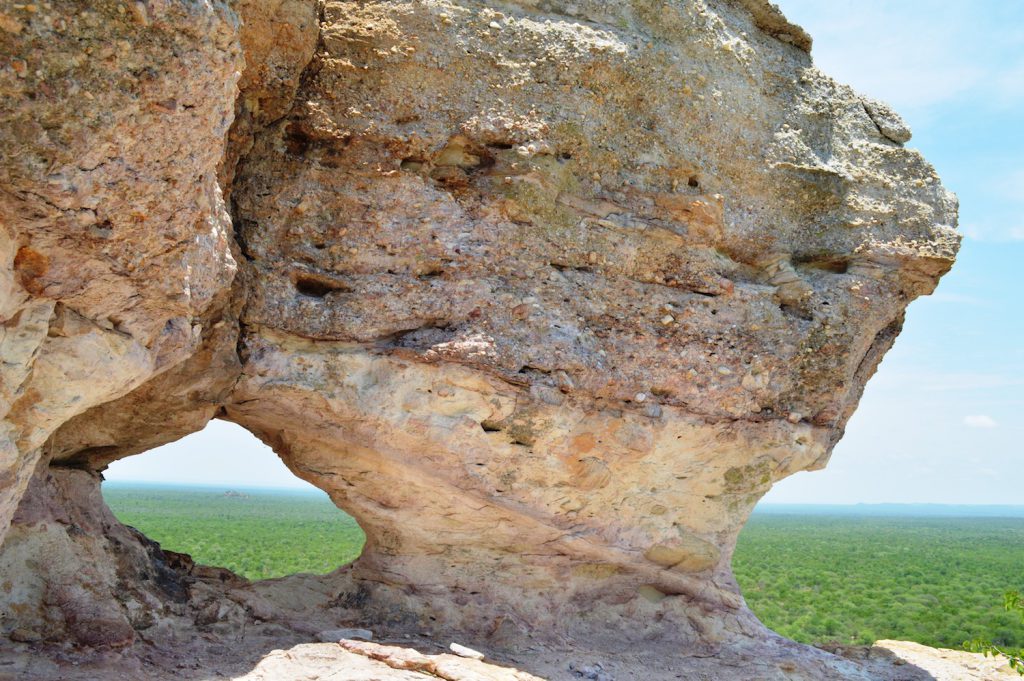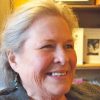Horizon No Less Curved

My poem “Horizon No Less Curved” grew from insights about humanity and history, timelessness and change, that I gained as an anthropologist before, during, and after participating in an archaeological dig some years ago. The site, Toutswemogala, was an Early Iron Age Bantu refuge on a hill in Botswana.
The excavation I participated in during most of 1969 revealed house floors, walls, ceramics, and evidence of iron smelting. At that time, the site represented the earliest and easternmost evidence of the introduction of metallurgy to sub-Saharan Africa by migrating Bantu-speaking peoples in the first millennium. We had the assistance of Alex Campbell of the Museum of Botswana, Lesotho, and Swaziland. Botswana had just become independent from its colonial identity as British Bechuanaland. Toutswemogala was later revisited and excavated further by other archaeologists.
In this poem, I lament the passing of time but find relief in the essential timelessness of a place as I imagine returning to Toutswemogala Hill.
Horizon No Less Curved
Toutswemogala 20 years later:
the limestone carved no further,
arch unchanged where Bantu of lore,
looking for iron ore, ascended the hill
backward on their bottoms,
it is claimed: tied ropes to the arch
and tried to drag the red rock home.
The hill is the same as we dug it:
slag heap claimed by prodigal baboons,
but empty now of artifacts, as if the people
never lived, Pleistocene giraffes
never died there, raptors never ran,
and we were never young, never
struck our tent here in the red sand.
My field hands have grandchildren!
On Toutswemogala, I take my place
again in the arch of fable, look out
from an archaeology of years:
the red sun no smaller, jet stream
no closer, horizon no less curved. Now,
as then, nothing is everything,
and the mountain does not move.































